The meeting was supposed to take place earlier this week but was postponed due to scheduling conflicts, Reuters sources said. The Biden administration is under pressure from lawmakers to take a tougher stance on the flow of US technology to China.
The Semiconductor Association represents major chipmakers such as Nvidia and Intel, whose sales in China have been hit by recent export restrictions imposed by Washington.
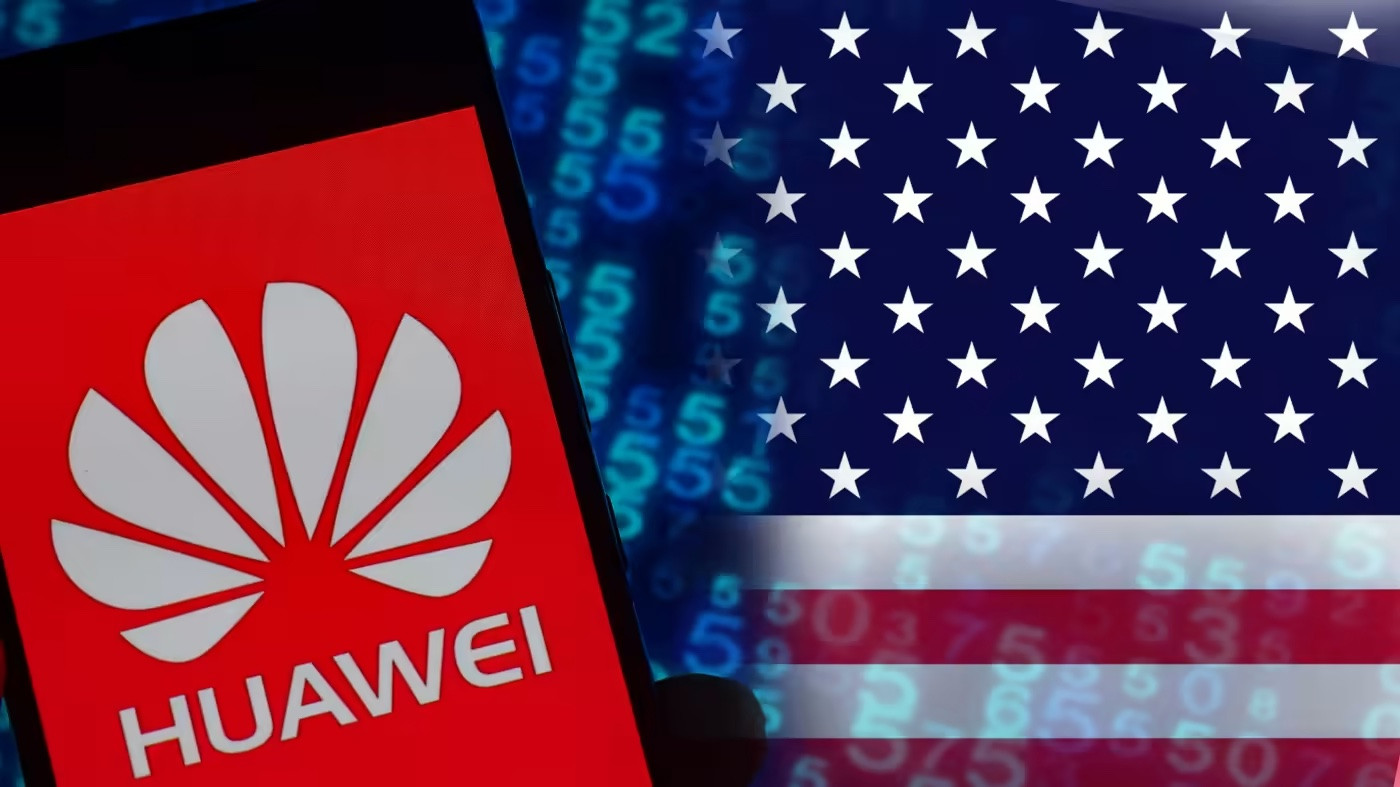
The meeting is likely to focus on further tightening restrictions on sales of advanced AI chips to Beijing, extending to less advanced processors as well. A request to cut the number of semiconductor manufacturing machines sent to China could also be on the agenda.
In addition, investment plans of US semiconductor companies in the Chinese market also need to be reconsidered.
Mike Gallagher, a Republican lawmaker, said China’s increased production of less advanced chips used in motors, washing machines and other everyday items risks flooding the U.S. market with cheap microprocessors, leaving domestic semiconductor companies in trouble.
The Return of Huawei
Reuters reported that Huawei Technologies has started shipping a new batch of “made in China” chips used in surveillance cameras, a sign that the Chinese technology giant has found a way to overcome the four-year-old US embargo.
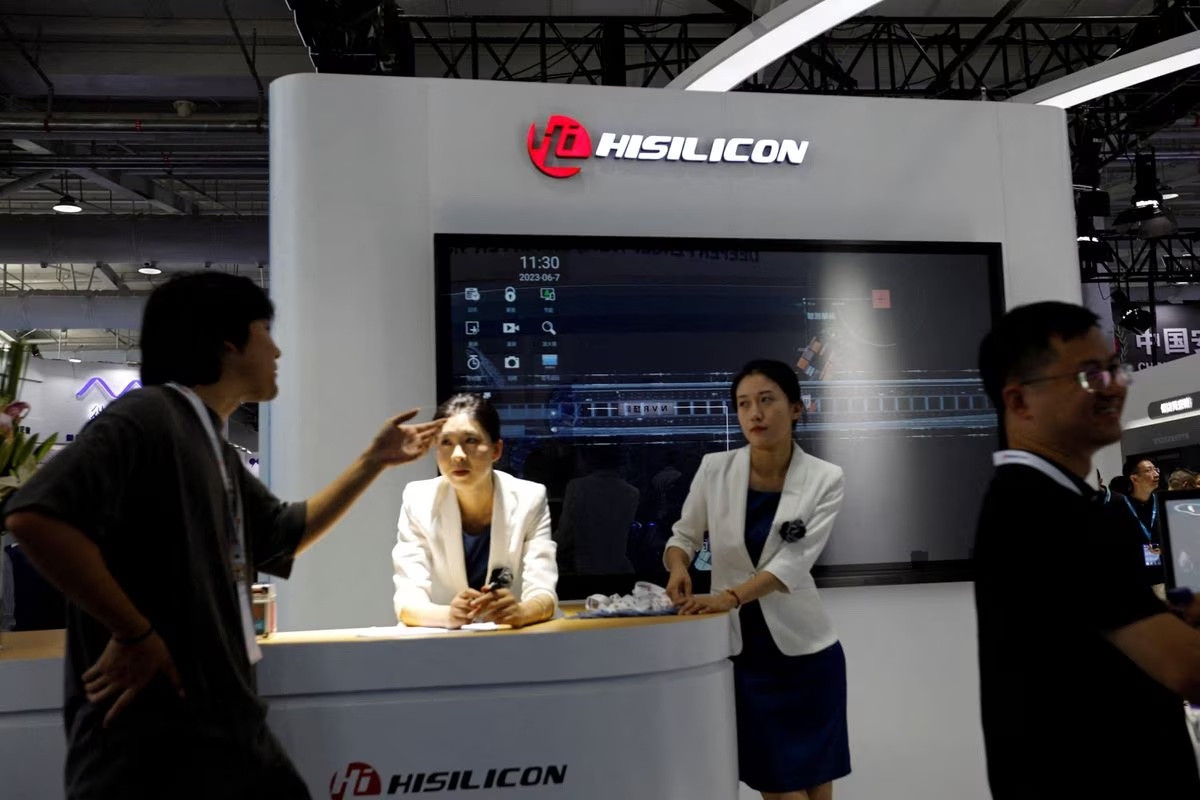
Accordingly, HiSilicon (Huawei's chip manufacturing unit) has started sending orders to surveillance camera manufacturers this year, part of which is in China.
HiSilicon mainly supplies chips to Huawei, but also has outside customers such as Dahua Technology and Hikvision. Before the US embargo, it was the dominant chip supplier in the surveillance camera sector, with a global market share of up to 60% in 2018, according to brokerage Southwest Securities.
By 2021, data from consulting firm Frost & Sullivan showed that HiSilicon's market share had plummeted to just 3.9%. The unit began making low-end chips in 2019, but its focus was on penetrating the high-end market and regaining market share from Taiwan's Novatek Microselectronics Corp.
In March 2023, Huawei announced a breakthrough in chip design tools at 14 nanometers (nm) or higher, although it was still two to three generations behind the most modern technology. In August 2023, the company unexpectedly launched the Mate 60 Pro phone model using an advanced chip manufactured by SMIC.
Earlier this week, US Commerce Secretary Gina Raimondo said there was no evidence that Huawei could produce advanced chips at scale.
Meanwhile, Dan Hutcheson, an analyst at TechInsight, commented that Huawei may have had access to EDA (electronic design automation software) tools that “they should not have had”.
Source



![[Photo] Prime Minister Pham Minh Chinh receives Swedish Minister of International Development Cooperation and Foreign Trade](https://vphoto.vietnam.vn/thumb/1200x675/vietnam/resource/IMAGE/2025/5/12/ae50d0bb57584fd1bbe1cd77d9ad6d97)
![[Photo] Prime Minister Pham Minh Chinh works with the Standing Committee of Thai Binh Provincial Party Committee](https://vphoto.vietnam.vn/thumb/1200x675/vietnam/resource/IMAGE/2025/5/12/f514ab990c544e05a446f77bba59c7d1)


![[Photo] Prime Minister Pham Minh Chinh starts construction of vital highway through Thai Binh and Nam Dinh](https://vphoto.vietnam.vn/thumb/1200x675/vietnam/resource/IMAGE/2025/5/12/52d98584ccea4c8dbf7c7f7484433af5)
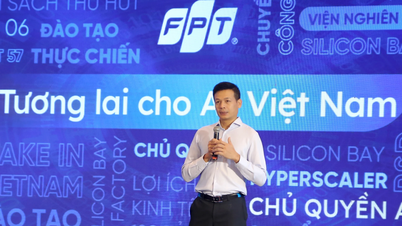


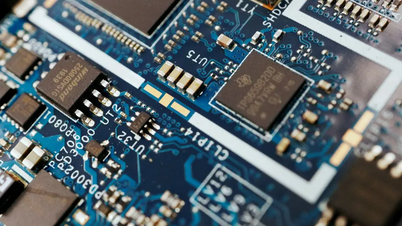



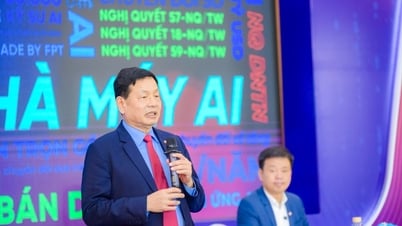





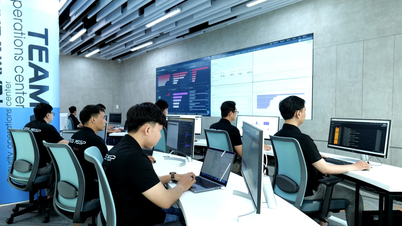











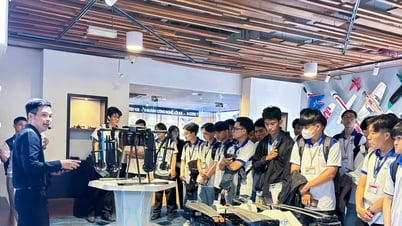































































Comment (0)